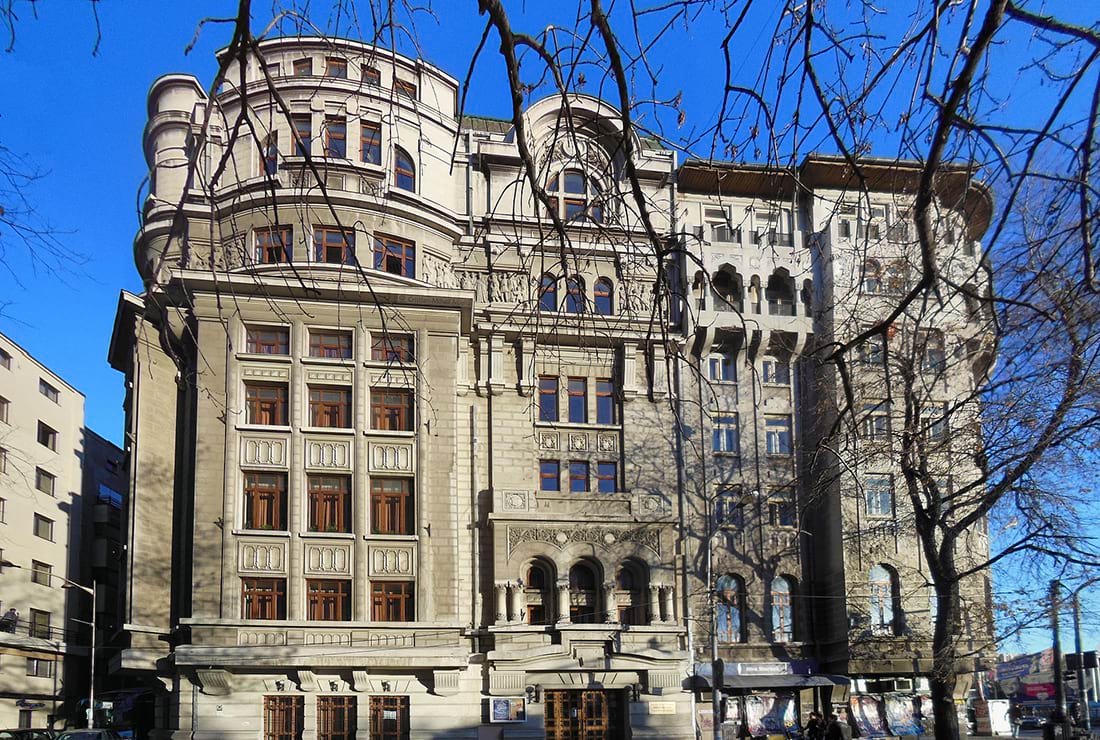National Art Centre “Tinerimea română”
19 Gutenberg Johann Street, sector 5, Bucharest

In the context of the achievement of Romania's independence in 1877, some boarding students of the “Matei Basarab” High School in Bucharest wanted to establish a literary and scientific society, under the direct guidance of the school, with the name “Tinerimea română/Romanian Youth”. They drew their inspiration from a four-volume scientific textbook, “Les merveilles de la Science” by Louis Figuier, who was seen by one of the members in the window of the Socec Bookshop. Professor Nae S. Dumitrescu played a decisive role in the destiny of the “Tinerimea română”, which he became president of and ran it for several decades.
The main objective of the Society was to stimulate commendable students, and in 1885 primary competitions were held between schools in Bucharest, in 1893 the competitions were extended to rural schools and it was not until 1897 that secondary competitions were organised. In 1895 the cultural competitions were supplemented by handicraft competitions and from 1901 by sports competitions.
In 1897, the first Romanian language contest in the country took place. Trips to historical sites in Romania were organised, followed by conferences attended and lectured by great personalities of culture and science of that time. Choir and brass band competitions were very popular.
Lacking its own headquarters, Bucharest City Hall offered the Society in 1912 a 547 m2 plot of land. On 25 May 1924 the foundation stone was laid for the building at 4 Schitu Măgureanu Street, which was to become the Palace of the “Tinerimea română” Society. For the design of this building the services of the architect Virginia Haret-Andreescu (the first woman architect in the world) were called upon, the work being coordinated by the architect Raul Negru and engineer Valer Paler.
The building was multifunctional: a printing house, a restaurant, a hall for festivities, a library, spaces to rent, etc. Part of the money was obtained through public collection (Nicolae Iorga himself donated a significant amount) and another was obtained through loans that were to be returned after the construction was finished by renting the spaces originally planned. After great efforts for the necessary funds, the inauguration took place only in 1935. During the totalitarian regime, important Romanian artists worked here, since 1947, when the “Ansamblul Artistic al Tineretului/Artistic Youth Ensemble” was founded, until December 1989. In 1991, when Andrei Pleșu was in charge of the Ministry of Culture, by Government Decision it regained its name “Tinerimea română” and later its fame.